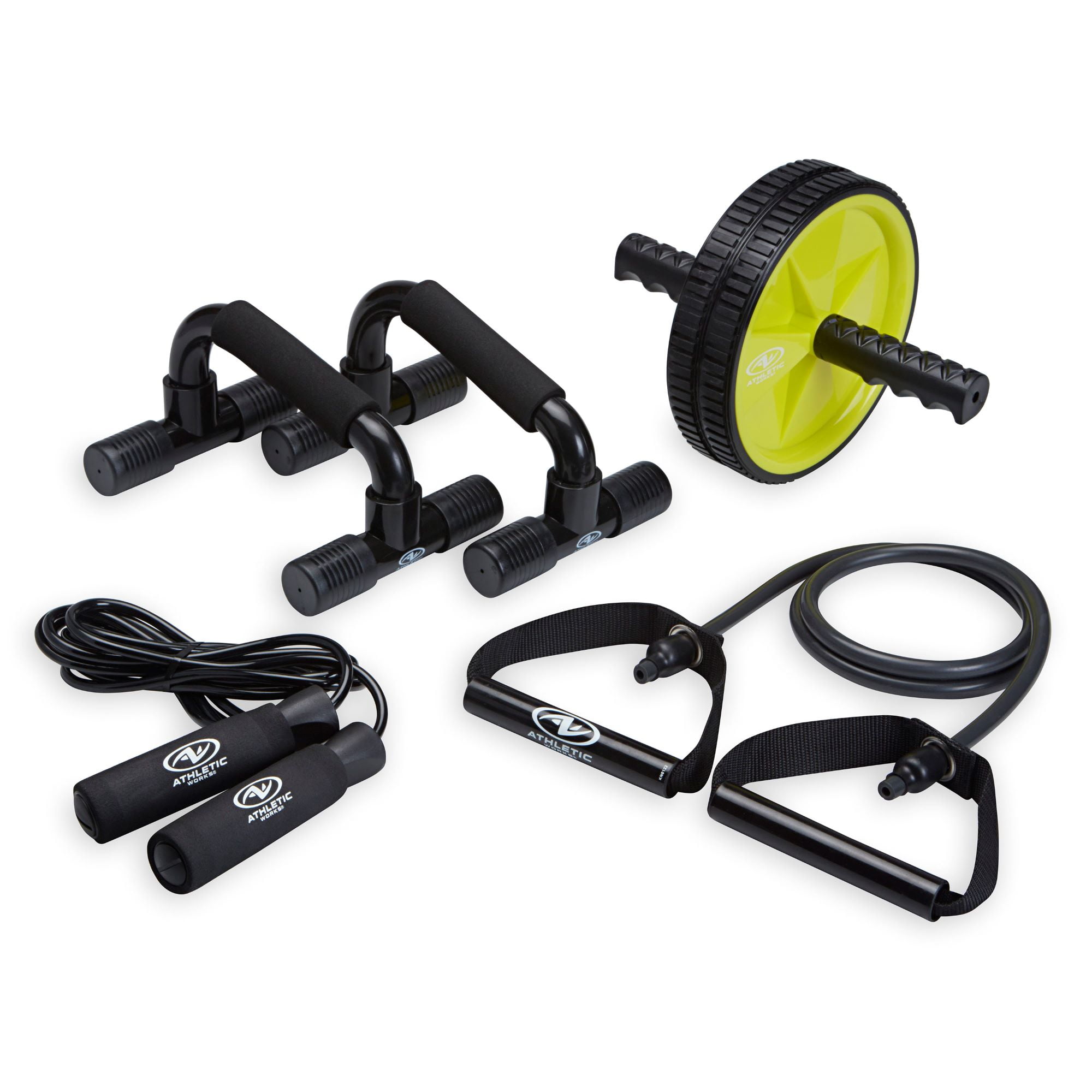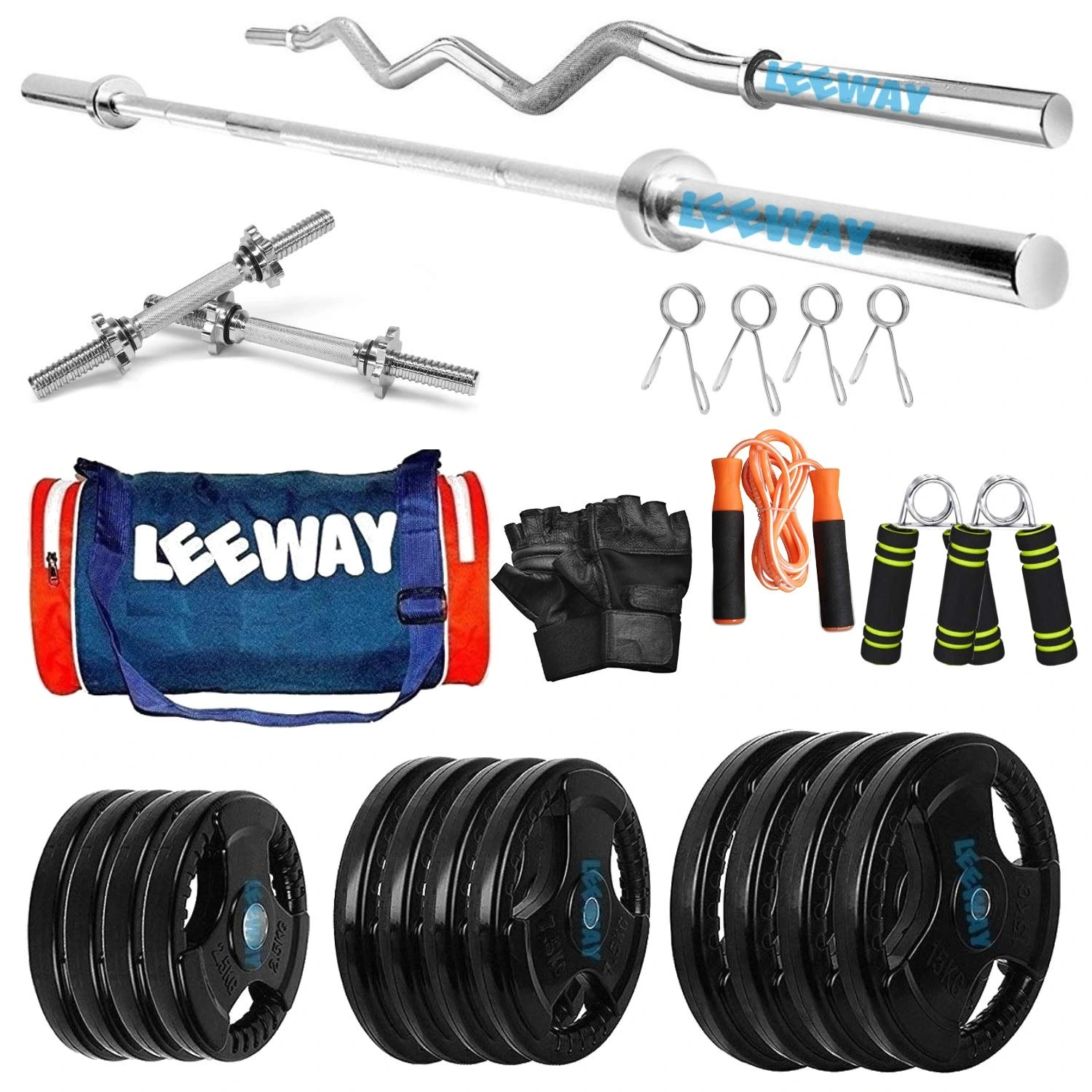Gym Kit For Working It Out

Athletes and fitness enthusiasts are scrambling to secure the latest gym equipment as stock shortages and price hikes hit the market. Demand is exceeding supply for everything from basic weights to high-end machines, impacting training routines nationwide.
This article details the unprecedented surge in demand for gym equipment, examines the factors contributing to the scarcity, and provides guidance for consumers navigating this challenging environment.
Equipment Shortages: The Reality
Reports from major retailers confirm widespread unavailability of essential gym items. Dumbbells, weight plates, resistance bands, and yoga mats are among the hardest hit products. Online inventories are fluctuating rapidly, and many brick-and-mortar stores display empty shelves.
Gym owners are also struggling. They face difficulties in procuring new equipment or replacing broken machines.
Key Affected Items
Dumbbells and Weights: Shortages are affecting all sizes and materials, from cast iron to rubber-coated options.
Resistance Bands: Demand is exceptionally high, with many popular brands sold out or backordered for weeks.
Cardio Machines: Treadmills, ellipticals, and stationary bikes face significant delays in manufacturing and shipping.
Home Gym Systems: All-in-one workout stations are becoming increasingly difficult to find and often command inflated prices.
Causes of the Crisis
Multiple factors contribute to the current situation.
Increased home workouts during the pandemic spurred an initial surge in demand, depleting existing stocks. Global supply chain disruptions, including port congestion and raw material shortages, continue to hamper production.
According to a recent report by the National Sporting Goods Association (NSGA), home fitness equipment sales increased by over 40% in 2020.
Supply Chain Bottlenecks
Manufacturers rely on raw materials sourced from around the world.
Delays in shipping containers and increased freight costs are driving up prices and slowing down delivery times. Steel, rubber, and electronics components are particularly affected, impacting the production of many gym products.
Port congestion and staffing shortages at major ports exacerbate the problem.
Increased Demand
The pandemic shifted fitness routines for many.
Home workouts became the norm during lockdowns, driving up demand for personal gym equipment. Even as gyms reopen, many people continue to prefer the convenience and safety of exercising at home.
Social media trends and online fitness communities further fuel the desire for new equipment.
Price Hikes and Scams
Limited supply and high demand have led to significant price increases.
Retailers are reporting markups of 20% to 50% on some popular items. Consumers are also warned about online scams and counterfeit products. Always verify the seller's legitimacy and read reviews before making a purchase.
Be cautious of deals that seem too good to be true, as they may be fraudulent.
Protecting Yourself from Scams
Check the seller's reputation. Look for reviews and ratings from other customers.
Use secure payment methods. Avoid sending money through unsecured channels.
Be wary of unsolicited offers. Do not click on suspicious links or attachments.
Navigating the Shortage
Consumers can take steps to mitigate the impact of the shortage.
Consider alternatives. Explore bodyweight exercises, outdoor workouts, or streaming fitness classes. Check local classifieds or online marketplaces for used equipment. Local gyms may also be selling old equipment.
Be patient. Expect delays and be prepared to wait for items to become available.
Tips for Finding Equipment
Shop around. Compare prices and availability across different retailers.
Sign up for email alerts. Receive notifications when items are restocked.
Consider used equipment. Check online marketplaces and local classifieds.
Explore alternatives. Utilize bodyweight exercises, resistance bands, or outdoor activities.
What's Next?
Experts predict that equipment shortages and price volatility will continue for the foreseeable future.
Supply chain issues are expected to persist through at least the end of the year. Consumers are advised to plan accordingly and remain vigilant.
The NSGA is actively monitoring the situation and working with manufacturers and retailers to address the challenges.


















